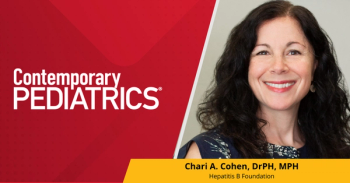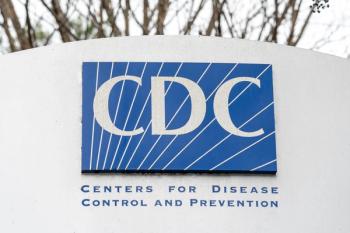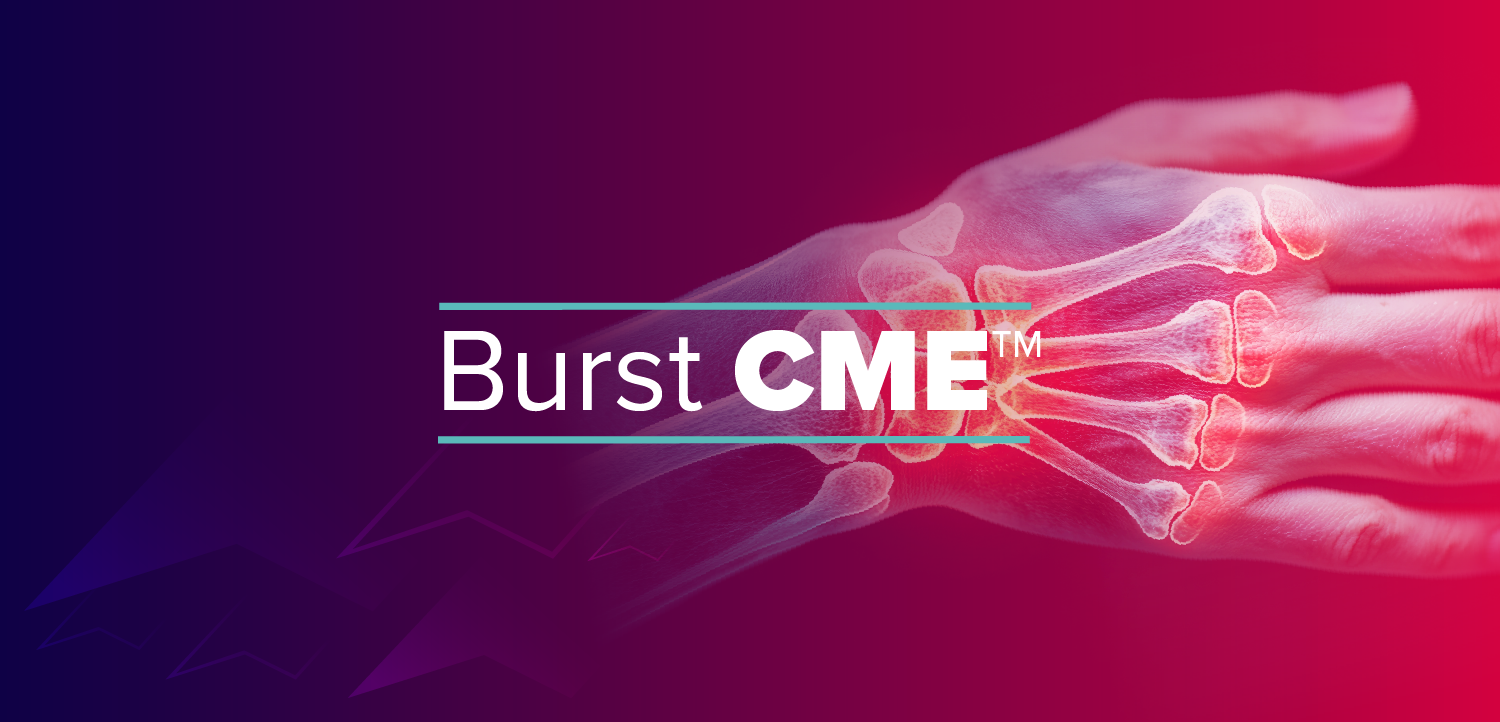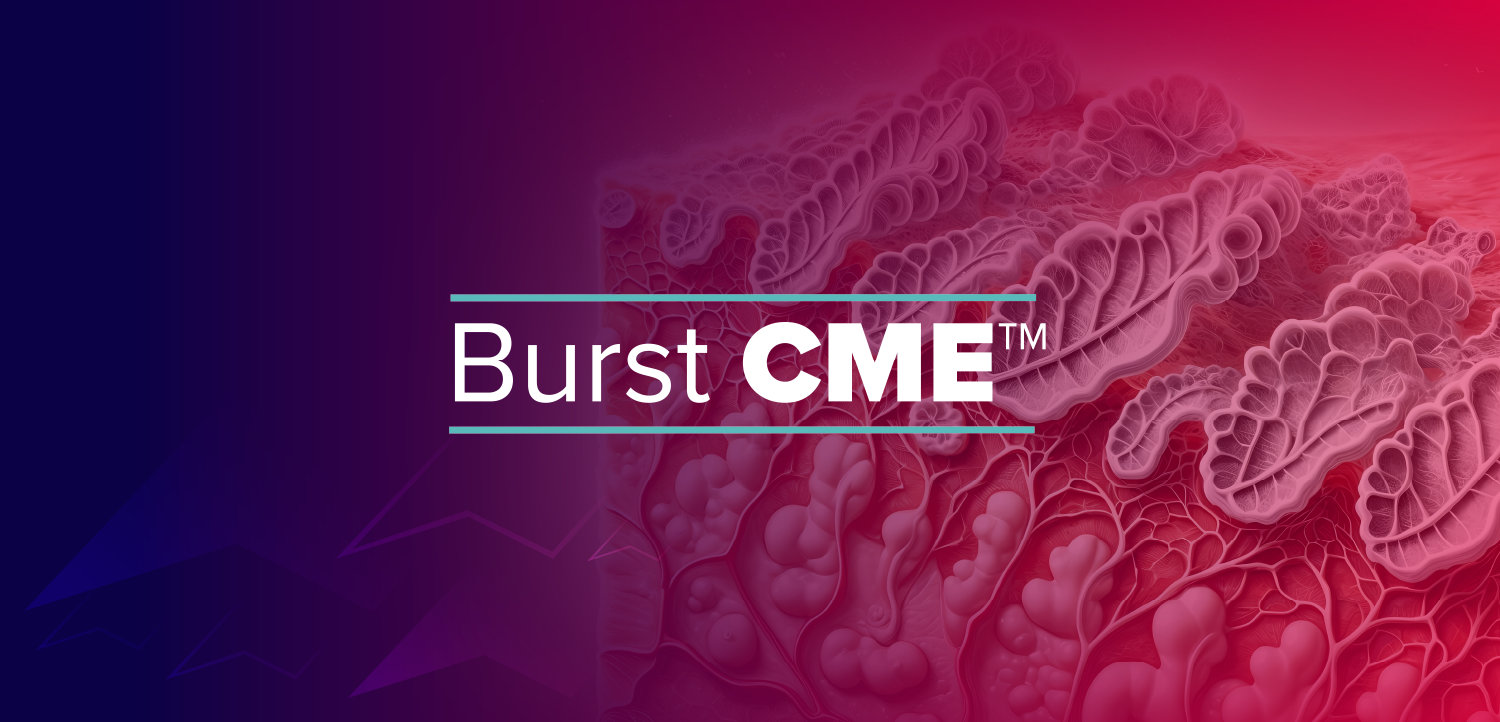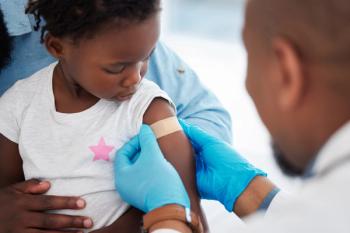
Adolescents: The Critical Focus in Substance Abuse Prevention
The most effective method of combating substance abuse, the director of the NIH's National Institute of Drug Abuse said--echoing a phrase heard often at the convention - is early prevention.
The most effective method of combating substance abuse, the director of the NIH's National Institute of Drug Abuse said - echoing a phrase heard often at the convention - is early prevention.
Nora D. Volkow, MD, spoke at the Monday plenary session of the AAP's National Convention & Exposition about how adolescence is the battlefield in which the substance abuse war is often won or lost. If a child gets to age 21 without any addictions, they are almost certain to never have any addiction problems.
The addiction center of the brain is called the nucleus accumbers, where dopamine is created. Since the brain doesn't fully mature into young adulthood, adolescent drug abuse can permanently damage proper brain functioning, making a penchant for addiction more likely.
Dopamine is released when something like food is eaten, as the body's reward for sustainingitself. But amphetamines also release dopamine, making the brain think the drug is as essential toroutinely consume as food. Stress also releases dopamine, Dr. Volkow said, citing the ACE Study, which was
From the 1970s on, use of marijuana was high while belief in its dangers was low. Thosefigures reversed from 1989 to around 1995, when pot use rose and knowledge of pot's dangers dropped. Usage has been up for over a decade now.More needs to be done to keep kids off drugs, and warn them of drugs' dangers, Dr. Volkowsaid.
Pediatricians have a responsibility to evaluate for drug usage, Dr. Volkow concluded. Suchearly detection will help reduce experimentation. If a child is already addicted to drugs, alcohol,or tobacco, adolescent intervention promises the best chance of success.
Newsletter
Access practical, evidence-based guidance to support better care for our youngest patients. Join our email list for the latest clinical updates.

